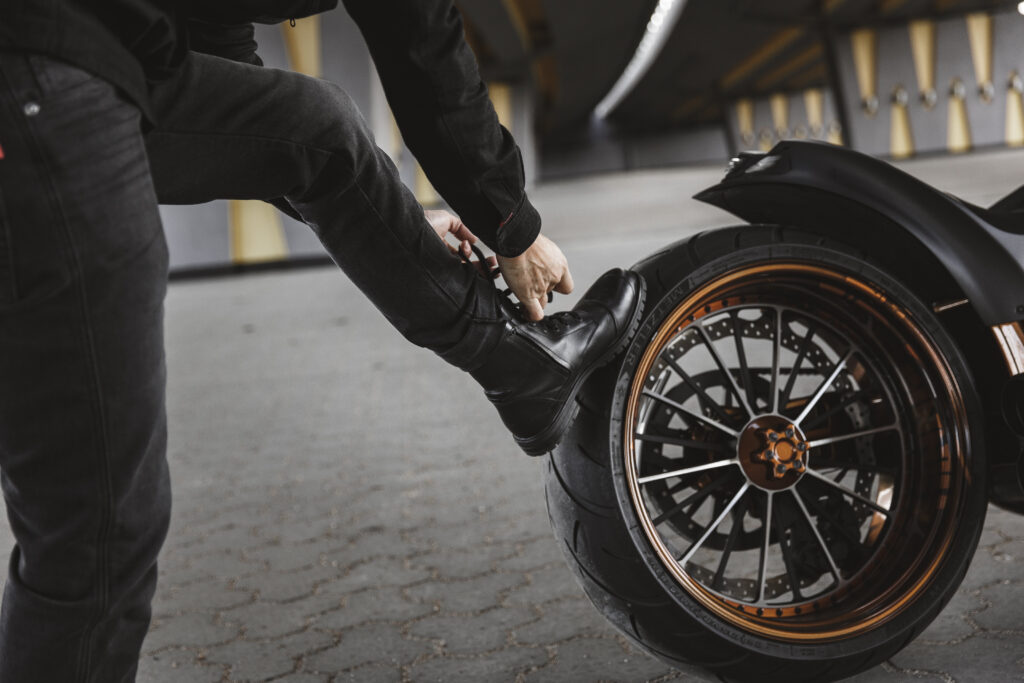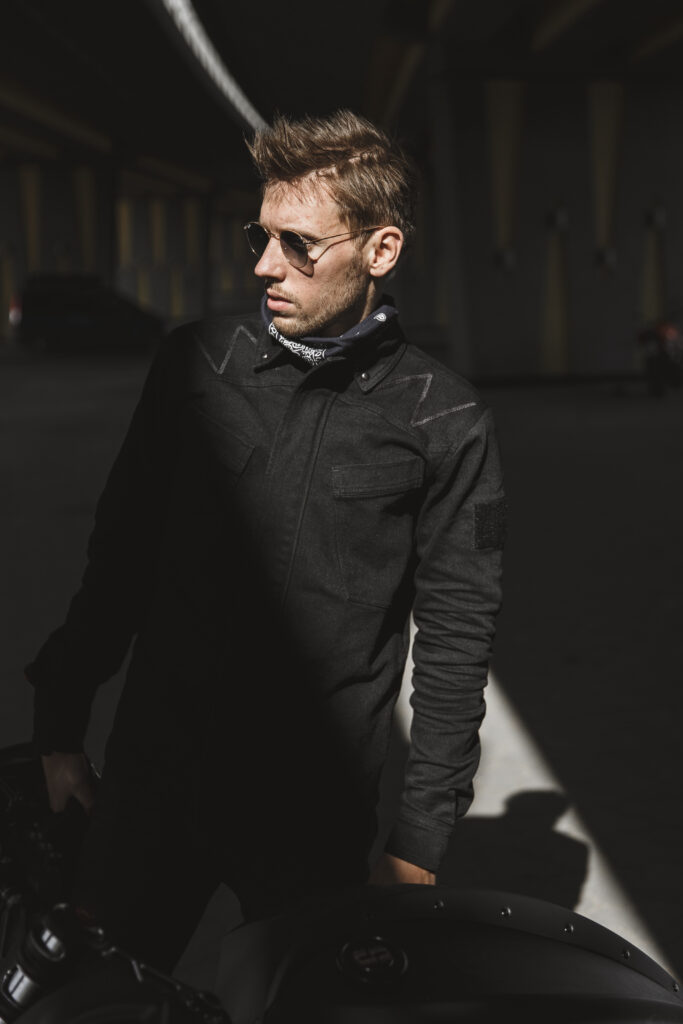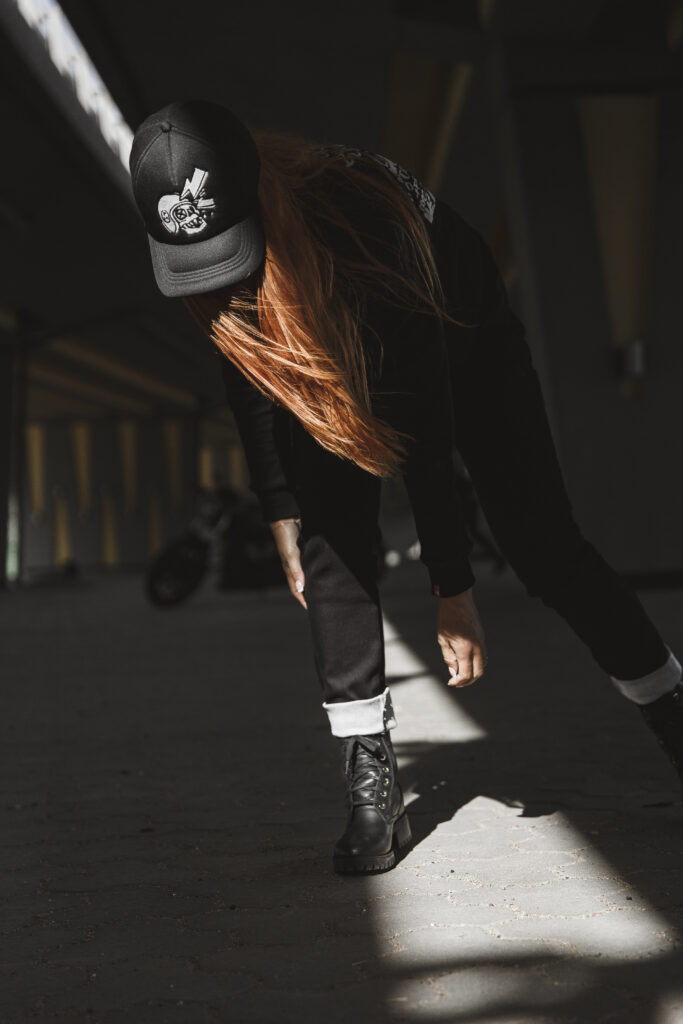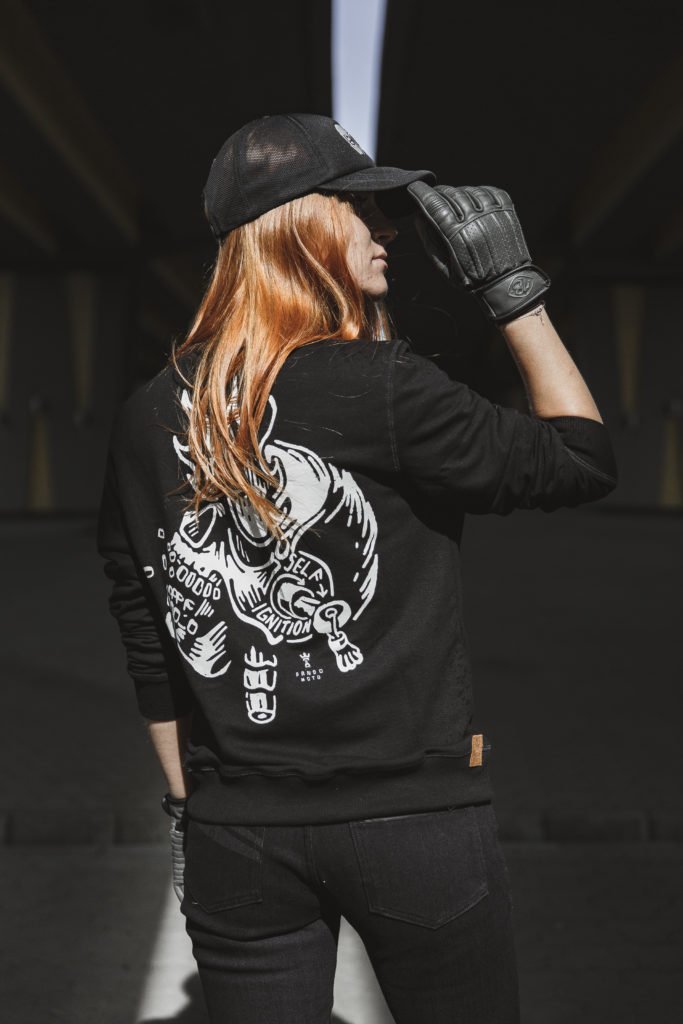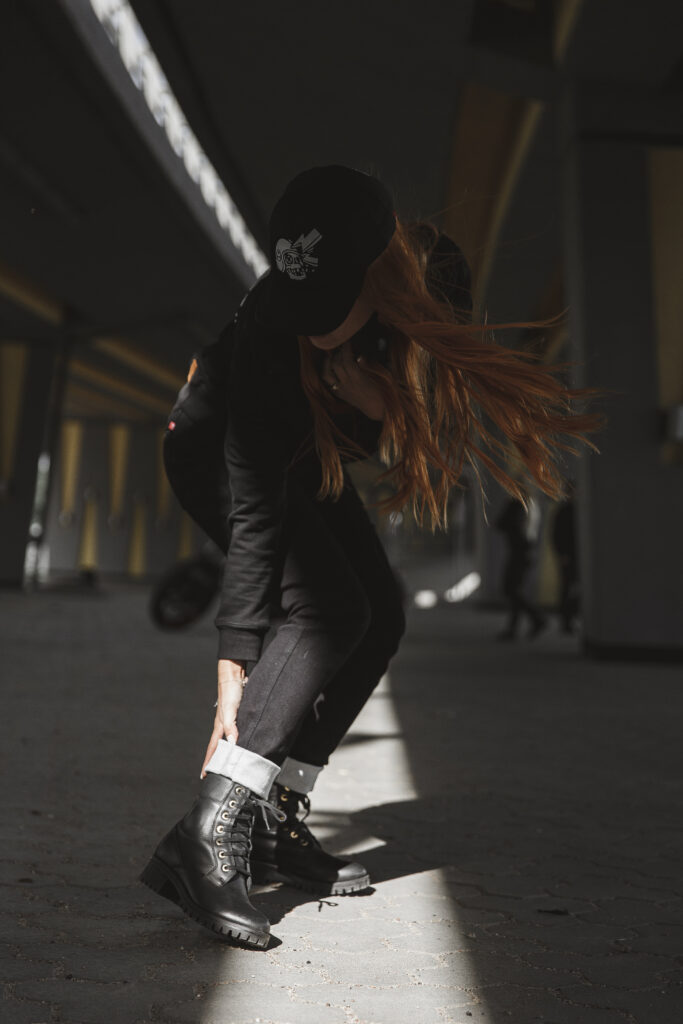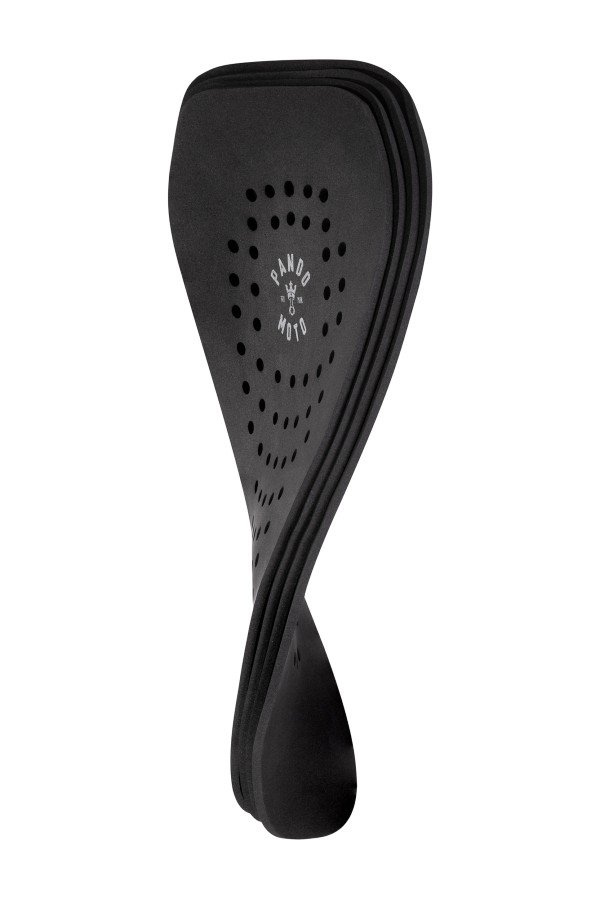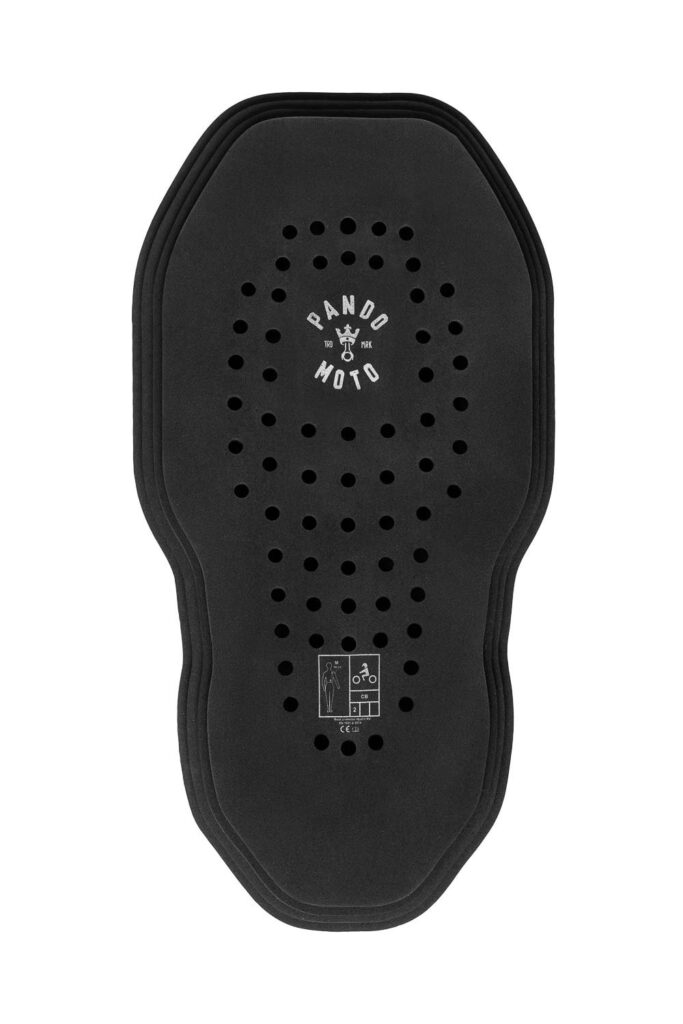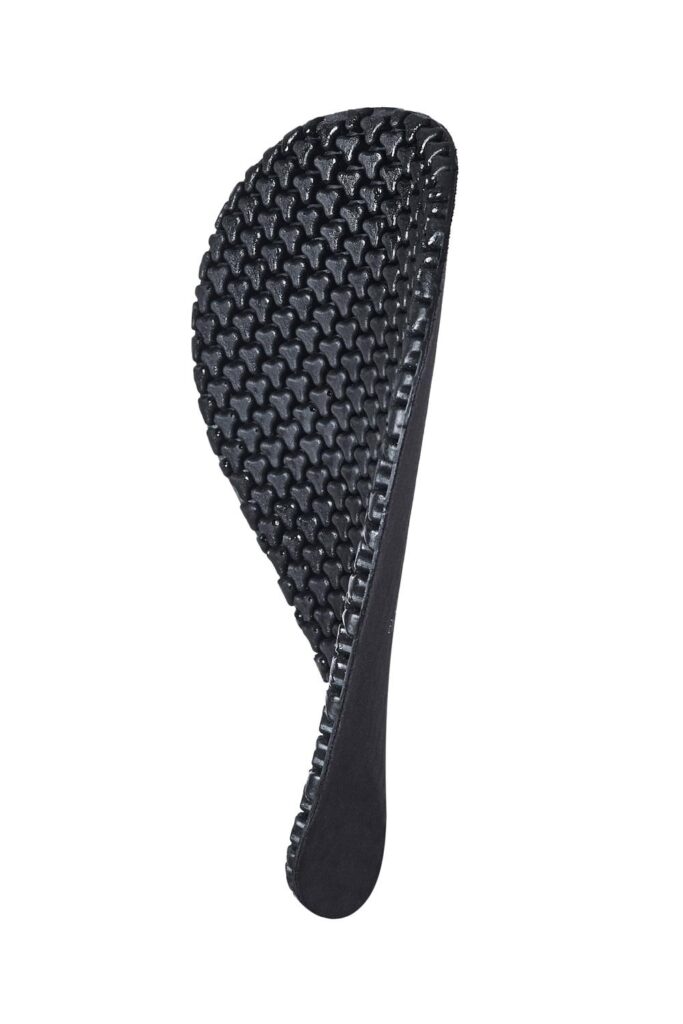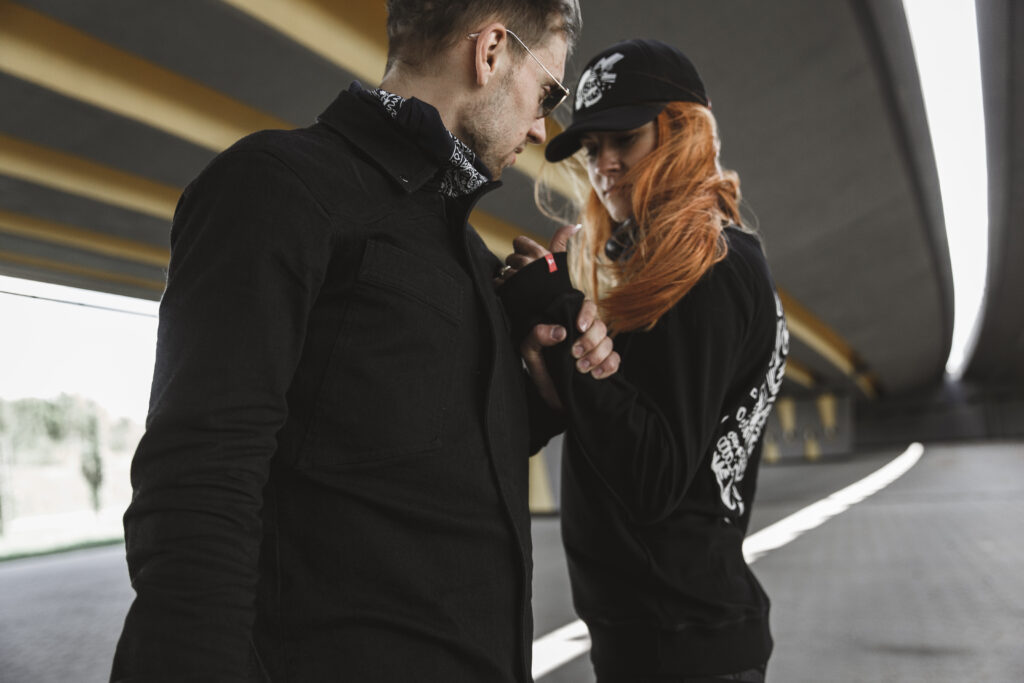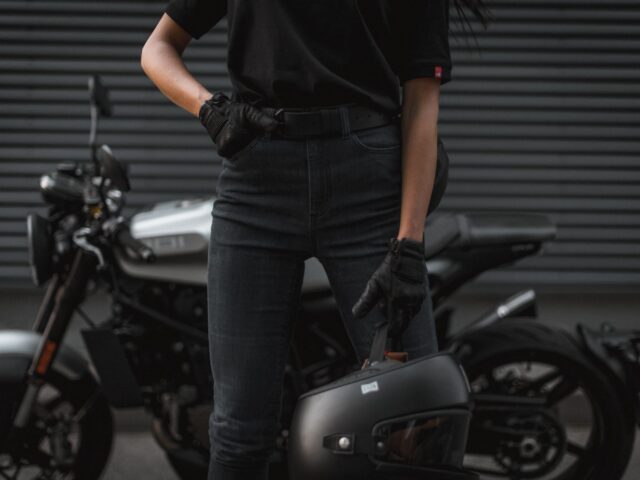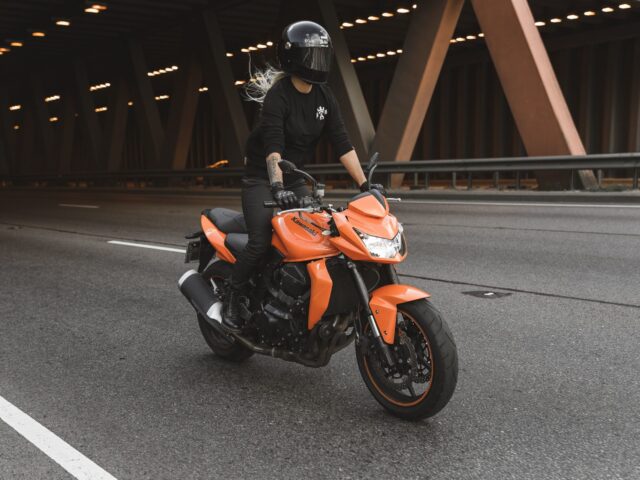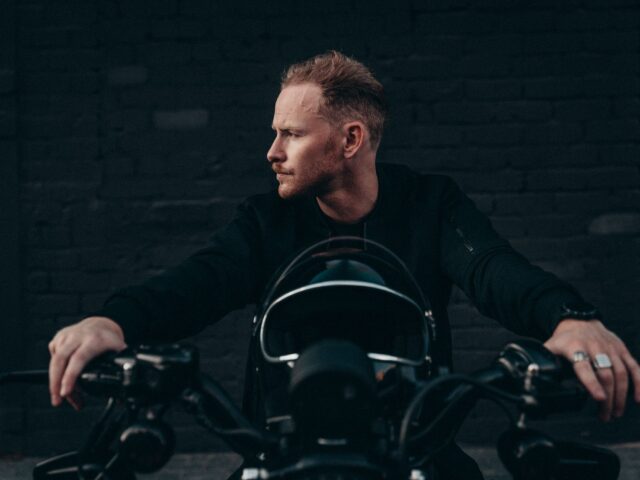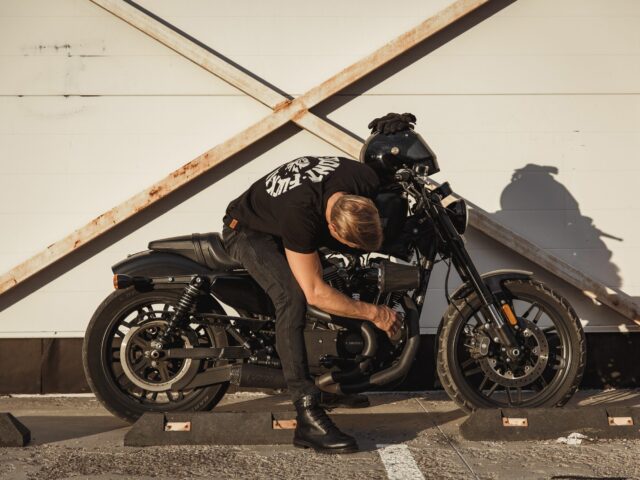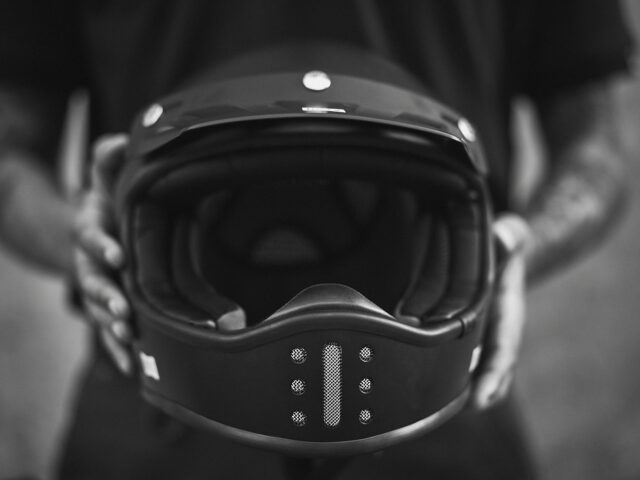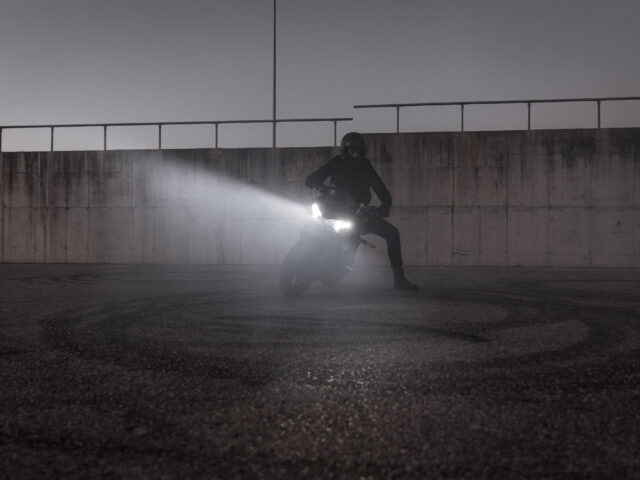Style Or Safety? Choosing Motorcycle Gear That Works
September 20, 2021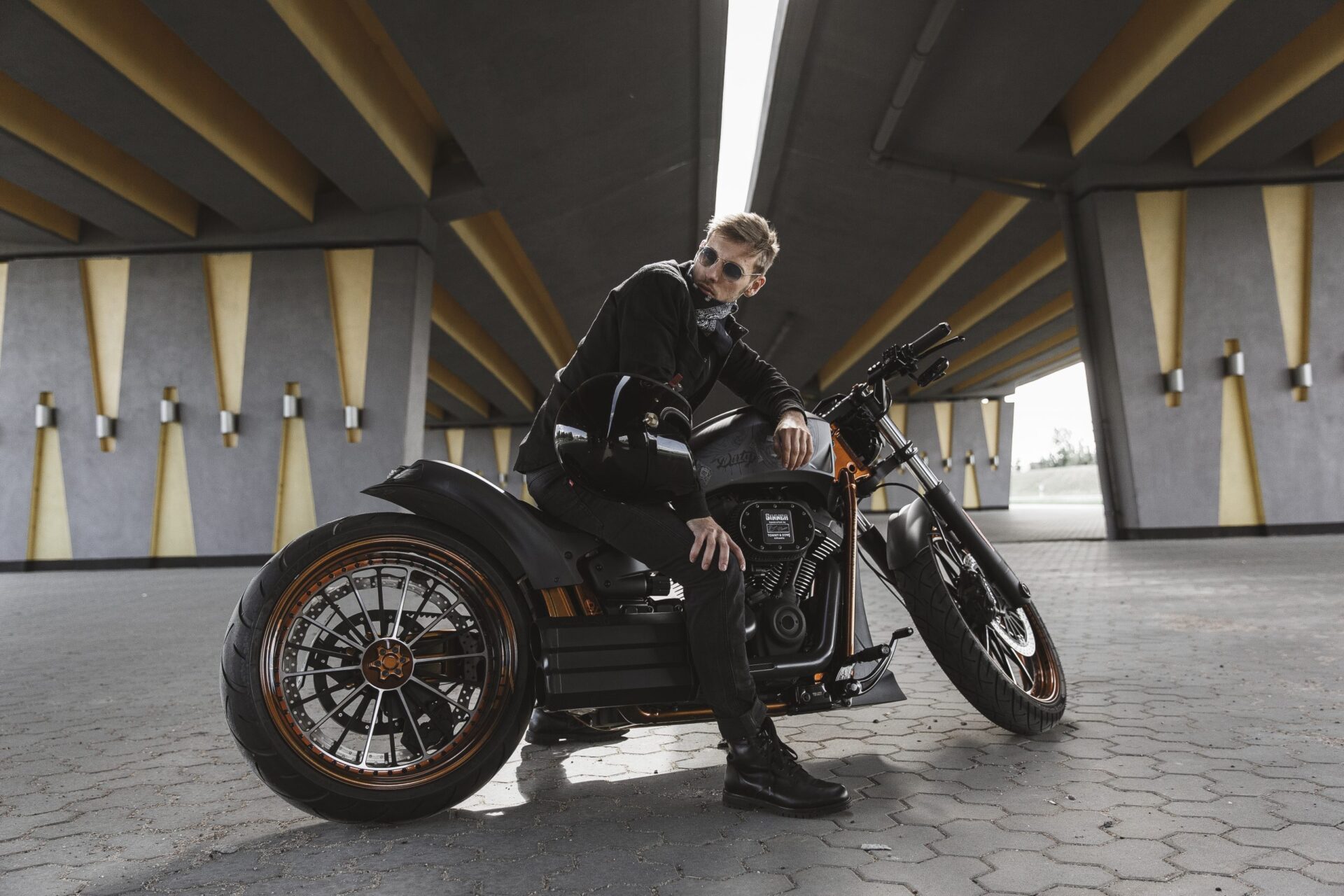
Here’s the thing about motorcycle gear that works: we will never tire of saying, ATGATT. The acronym stands for “All The Gear, All The Time,” and here at Pando Moto, we’re big fans of this policy – as are most motorcycle riders out there. It isn’t because we love wearing chunky CE-certified D30 armor all the time. It’s because we know that as riders, we take destiny into our own hands when we ride motorcycles. It should be the same with our safety.
Choosing motorcycle gear that works is just as important as selecting a motorcycle you love. High-quality motorcycle safety clothing can make the difference between waking up in the ER or walking away from a crash. While wearing protective gear isn’t mandatory by law, it’s a must by common sense. Is it tempting to just jump on your bike in your Levi’s and a T-Shirt on a hot summer day? You bet. Is it smart, though? Nope.
When it comes to motorcycle safety apparel, we need to remind ourselves just how far the tech has come. Gone are the days of shapeless, clunky motorcycle gear that made you look like you were going to some weird cosplay party; Tiger King-style leather jackets and tassels are a thing of the past, too. Now, when you’re picking out the safest motorcycle gear, it no longer needs to be the ugliest. Style and safety can go hand in hand, thanks to all the new technology, development, and design innovations happening in the motorcycle protective gear industry right now.
So, what’s the best motorcycle safety clothing out there, and how do you choose motorcycle gear that works?
What Is the Best Protective Gear for Motorcycle Riding
To choose the safest motorcycle gear out there, you first need to know what to look for. Essentially, there are three key components you need to pay attention to when shopping for motorcycle gear. First is the fabric.
We have already covered the timeless leather vs. textile debate here. While leather is still more impact and abrasion-resistant when it comes to high speeds, textiles also offer impressive safety levels. However, you need to pay attention to the fabric of the textile. If you’re looking for a good-quality, safe motorcycle jacket, and pants, you’ll want Cordura, Kevlar, or any material which includes UHMWPE – Dyneema, Armalith, etc. Anything less than that will not offer any significant abrasion, tear, and impact resistance.
Second, look what kind of armor is in your protective gear – and where. Ideally, you’ll want back, shoulder, and elbow armor in your jacket and hip, knee, and coccyx armor in your riding pants. However, make sure the armor is solid quality, just like the fabric, and always opt for CE-approved or CE-certified armor instead of cheap foam pads that will disintegrate upon impact, offering no protection.
Finally, you need to make sure that the motorcycle safety gear fits you well. This isn’t about vanity. It’s about protection: if your jacket or pants are too big for you, the armor will sit at odd angles and move too much. And if you crash, this can mean you won’t be protected as well as the manufacturer intended. If, on the other hand, the gear is too tight and the armor pads are digging into your skin, this can affect the way it’ll function upon impact, too. Your gear should fit snugly but still, be comfortable. You need to ensure all the armor pads are sitting exactly where they should be.
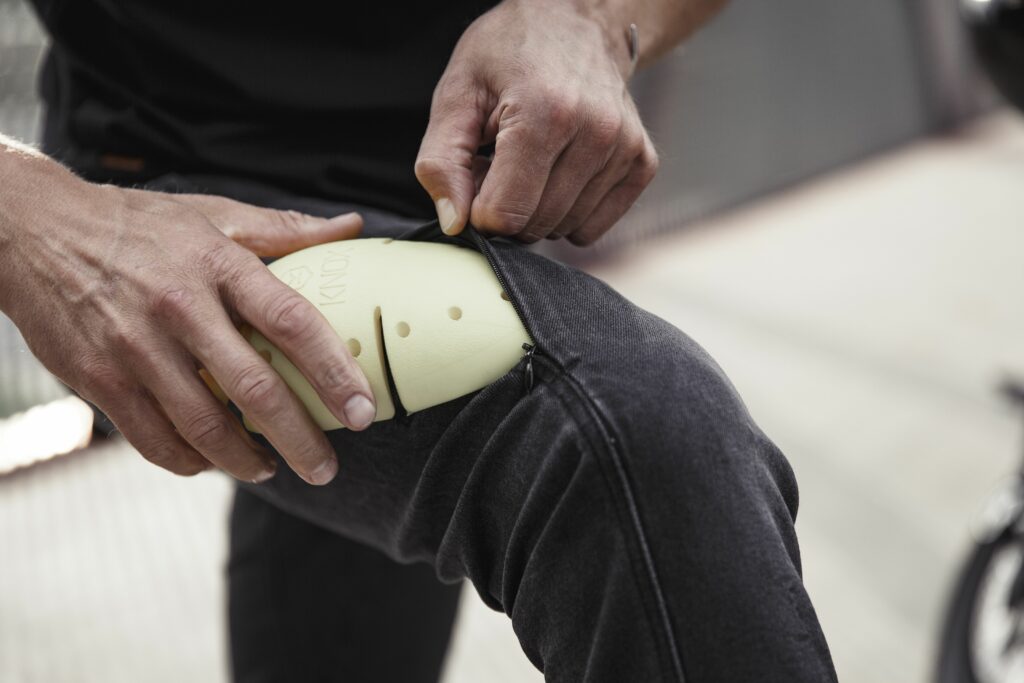
Is CE Level 1 or 2 Better?
“CE” is a European motorcycle gear safety standard that gear manufacturers must meet in order to produce motorcycle safety apparel. We’ve already talked about CE certification and levels at length here. Still, to put a long story short, CE levels indicate just how thoroughly the gear has been tested and how well it did under the impact, abrasion, and tear tests.
If the gear is CE Level 1, it already offers a significant amount of protection, especially compared to motorcycle protective gear that isn’t CE-certified or CE-approved at all. CE Level 2, however, is a higher standard. It means that the gear has been tested using more force and withstood a greater impact better.
Should you opt for CE level 1 or 2? We’d say, decide based upon the type of riding you do. If you are racing, constantly doing high speeds, or riding some very technical and gnarly terrain, you’ll definitely want the CE level 2 protection. However, if you mostly commute, ride in the city, or do shorter, more relaxed weekend rides, CE level 1 should do the job.
Can Motorcycle Gear Save Your Life?
You bet. Equally importantly, it can save your bones and your skin.
One of our Pando Ace riders recently told us a story about coming off on a paved road at 40mph.
“I came into a bend, and unexpectedly, there was a little stream of water running across the road, the surface beneath covered in slippery slime. I didn’t have the time to slow down, and as I hit the slippery patch, the rear wheel just went. I remember hitting the pavement hard with my left hip and forearm and sliding some eight or ten meters. I also remember the searing pain in my forearm and my thoughts as I finally came to a halt. I was certain I’d broken the arm and that the sleeve of my jacket was in ribbons. That would have been the scenario if I’d been wearing a regular denim jacket. Thankfully, I was in my full Cordura jacket and pant combo reinforced with D30 armor, and I walked away with just a bruise. Oh, and the jacket sleeve? There wasn’t even a scuff mark on it!”
The rider told us.
Most motorcycle riders have a similar story to tell, and those of us who walked away from a crash can thank our gear. Besides, we don’t need to choose between style and safety any longer. With so many different gear styles, options, and designs available, you can both look good and stay protected.
